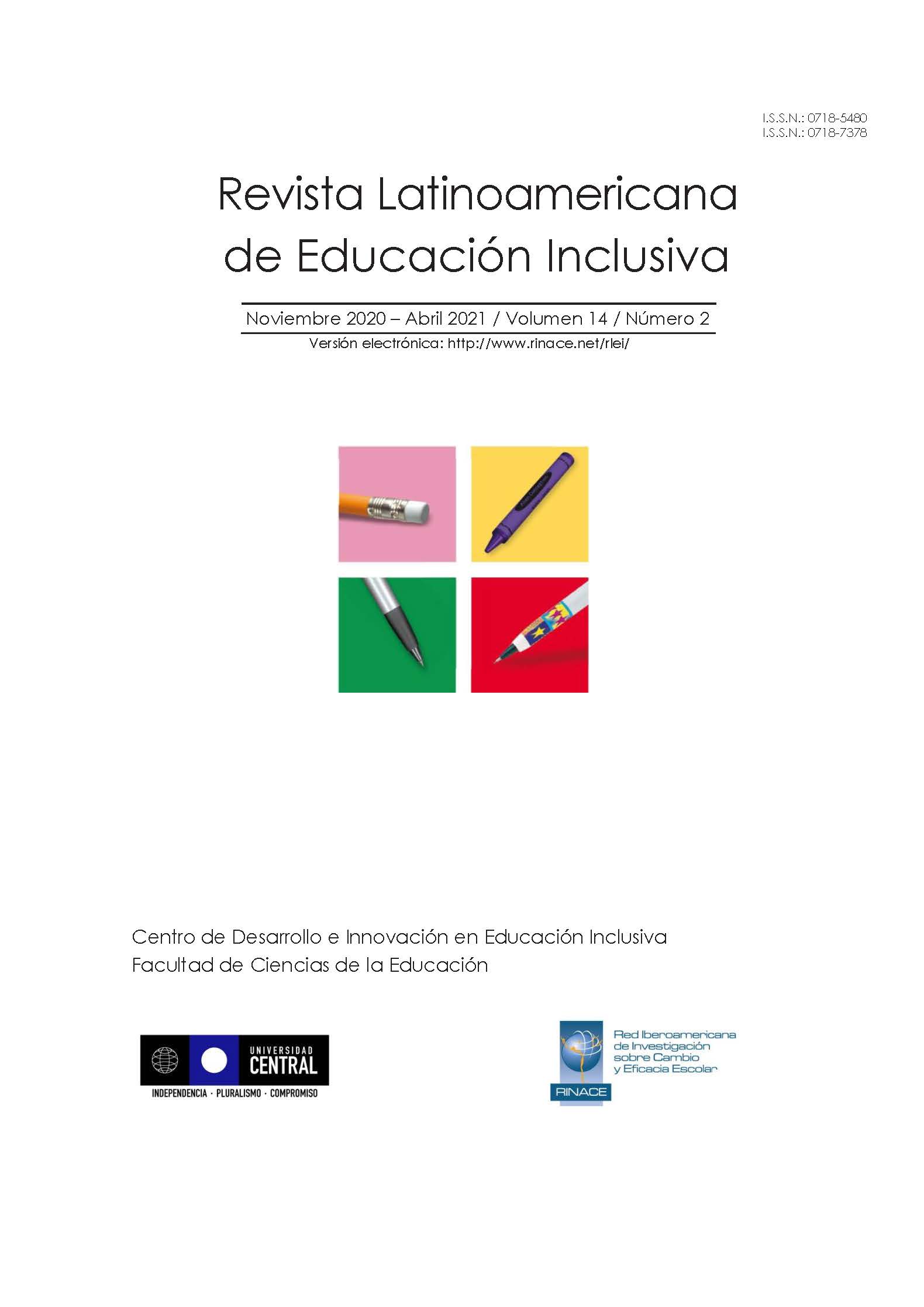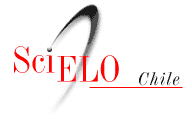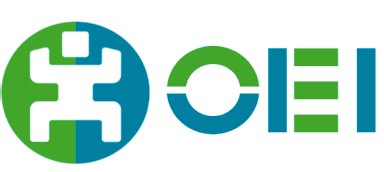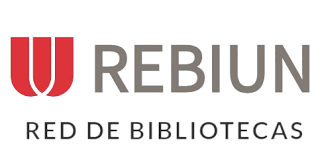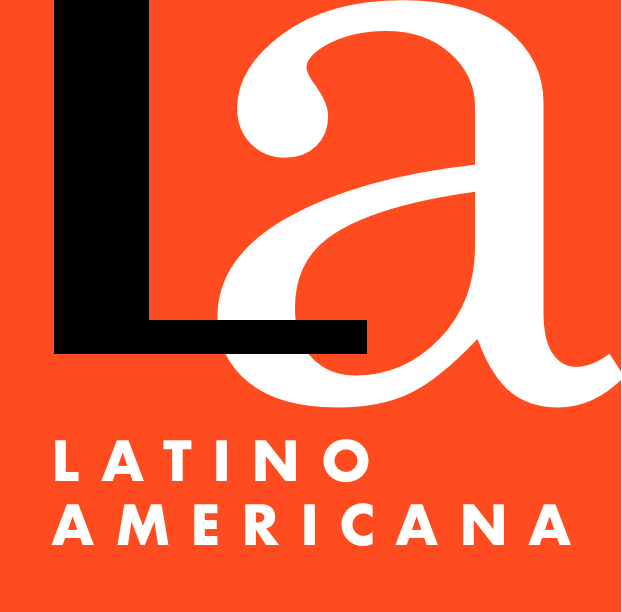Alternative Masculinities. Men Giving a Narrative Account beyond the Hegemonic Model and Generate Change through Education
DOI:
https://doi.org/10.4067/s0718-73782020000200115Keywords:
Virility; Male identity; Hegemonic masculinity; Gender violence; Moral education.Abstract
Understanding that education is one of the main gender socializing agents and, thus, a space in which prevention strategies against gender violence of society are required, we consider it relevant to explore and understand the life stories of men who have built alternative masculinities. Studying these non-traditional life stories can help to develop educational strategies that promote masculinity models other than the traditional ones. Consequently, such education strategies can create non-traditional masculinity referents that contribute to the construction of non-hegemonic masculine identities. Therefore, the aim of our research was to comprehend those milestones, life experiences and motivations that lead a man to the construction of an alternative masculinity. The data was collected through in-depth interviews with 19 participants who identify themselves as male, reached the age of legal majority (18 years), have different origins, identities, and sexual orientations. All the participants were living in Barcelona at the time of the interviews. Since the data was biographical, a narrative-biographical methodological approach was used to analyze and interpret the stories and personal reflections of the participants. This enabled us to comprehend the participants’ perspectives and events that had an impact on their identities and life stories. Furthermore, the analyses helped us to understand if the participants were able to educate other men, would promote non-traditional values regarding masculinity, and would get involved in actions that promote gender equality and non-violence.
Published
How to Cite
Issue
Section
License

This work is licensed under a Creative Commons Attribution 4.0 International License.
Creative Commons Attribution (by)
This licence permits the exploitation of the work, as well as the creation of derivative works, the distribution of which is also permitted on condition that express reference is made to the author, i.e. that his/her name appears in any use or act of exploitation of the work.

